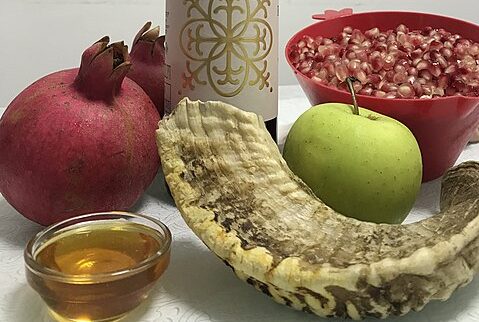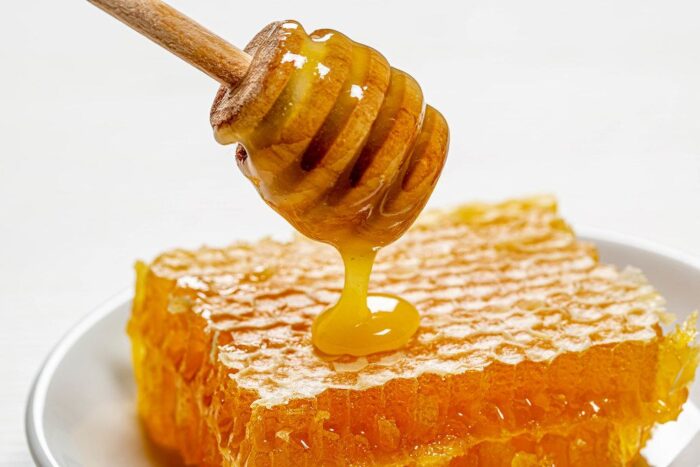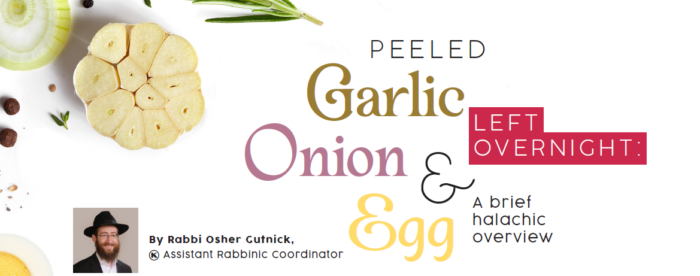As many readers are aware, there was a controversy in the world of chocolate production over the summer and many brands of pareve chocolate chips became dairy. Most notably, the famous Trader Joe’s chips under the supervision of the OK had a status change from kosher pareve, to kosher dairy. In light of the intense focus on chocolate production and the many kashrus implications involved, I spoke at length about the general process of chocolate production and kosher certification process at our recent Mashgiach Conference.
Chocolate production begins in Africa and Central America where the pods of cocoa beans are hand cut from trees, split open and the beans removed. The beans are then fermented by laying them in a sunny field and covering the beans with banana leaves. The beans ferment and turn brown after about 5-8 days. The fermentation process is not an issue for Pesach because no yeast is used in the fermentation process. It is a natural process that occurs inside the actual bean. After fermentation, the beans are transported to factories throughout the world for the actual production.
Once the fermented cocoa beans reach the factory they are roasted with the shells still attached and then winnowed into small bits called nibs. The nibs are then heated and melted into chocolate liquor. The liquor can be pressed and separated into cocoa butter and cocoa powder, or it can be kept in liquid form. Some people are under the mistaken impression that cocoa butter is dairy, but it is in fact pareve. It is only called "butter" as a description of the consistency, much like shea butter and coconut butter.
In order to make chocolate, the cocoa liquor (or butter or powder) is blended with sugar and lethicin. Starch can also be introduced into the mix, which can be an issue for Pesach since the starch is either chometz or kitniyos. The mixer is heated to maintain the liquidity of the chocolate. The mixer itself is one of the biggest potential kashrus concerns in the chocolate production. Many, if not most, chocolate factories produce both pareve and dairy products and want to use the same equipment for both. The typical and accepted way to kasher a pot (mixer in this case) is by hagola (boiling over with water). Companies are very reluctant to bring water into a chocolate factory because if any water gets into the actual chocolate it ruins the production and causes the chocolate to inflate like fudge. In addition, it can introduce bacteria into the chocolate which is obviously a quality concern. At OK certified factories that want to use the same mixer for dairy and pareve chocolate, we add a control to the machine to prevent the chocolate mixture from reaching the temperature of Yad Soledes Bo (too hot to touch with the hand). Of course, the mixer is thoroughly cleaned out before pareve productions.
Some people are under the mistaken impression that cocoa butter is dairy, but it is in fact pareve…
After the blending stage, the chocolate mixture goes through a series of five rollers. The center roller can reach 60 degrees Celsius, which means the roller requires kashering between dairy and pareve. During the conch stage, the chocolate is mixed for over 24 hours. The liquid gets quite hot, with dark chocolate reaching a higher temperature than milk chocolate, above the temperature of Yad Soledes Bo.
Since it is rare that a company will agree to kasher by hagola, we have to kasher by libbun (burning with fire) which is much more difficult. The machinery often has many layers and very thick walls, so it is difficult to discern how long the fire must be lit under the machine in order to kasher by libbun. A series of calculations, based on the temperature of the fire and the thickness of the walls of the machine, are made to determine the amount of time needed to complete the libbun.
Due to the complexity of kashering chocolate equipment between dairy and pareve, the OK encourages the use of separate lines for dairy and pareve productions. In fact, we implemented this standard about 35 years ago! Sometimes, a chocolate production does not turn out well and the chocolate is recycled, called "rework", and run through the entire production process again. It is very important to ensure that dairy "rework" does not end up reprocessed on a pareve production line.
Once the chocolate production is complete, it is often stored in liquid form in tanks and shipped to other factories for molding, wrapping and packaging. As discussed in previous articles, bulk liquid transport has a host of kosher requirements. In addition, during the wrapping and packaging process it is vital to be sure that dairy chocolate does not mistakenly end up in packages of pareve chocolate. This actual scenario happened with a well-known brand of chocolate chips this summer. The company decided to change the packaging protocol and stop thoroughly cleaning out the machine between dairy and pareve packaging runs. Unfortunately, the new method does not ensure that no dairy chocolate chips are left in the packaging machine. As a result, every bag of previously pareve chocolate chips has a high probability of being contaminated with actual dairy chocolate chips. Therefore, the kosher designation on this well-known brand was changed from pareve to dairy.
As you can see, even a seemingly simple product with few ingredients can present a wide array of kashrus concerns. Even the simple pleasure of a chocolate bar requires diligent kosher supervision from beginning to end. When you enjoy your homemade chocolate chip cookie for dessert on Shabbos afternoon, or a few squares of dark chocolate on Pesach, you want to be sure that the highest standards were upheld and not one tiny dairy chocolate chip entered your bag of pareve chocolate chips, and not the slightest bit of chometz was in the factory that created your delicious kosher for Pesach chocolate bar. As you bite into a chocolate coin this Chanukah just remember, we are what we eat and we should only accept the best for ourselves and our families – kosher without compromise.


 EN
EN  ZH
ZH  KR
KR  BR
BR  ES
ES  IN
IN  IL
IL 




